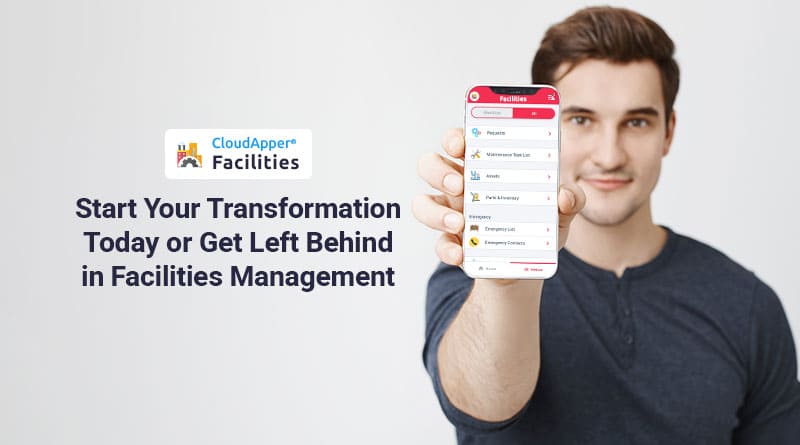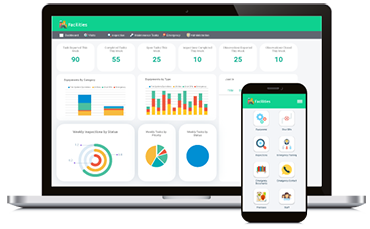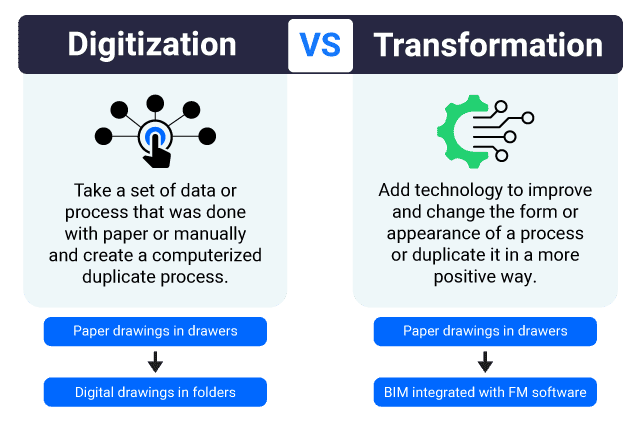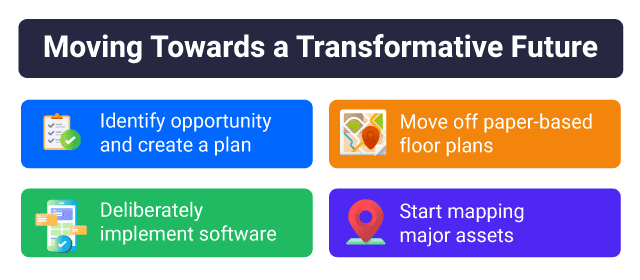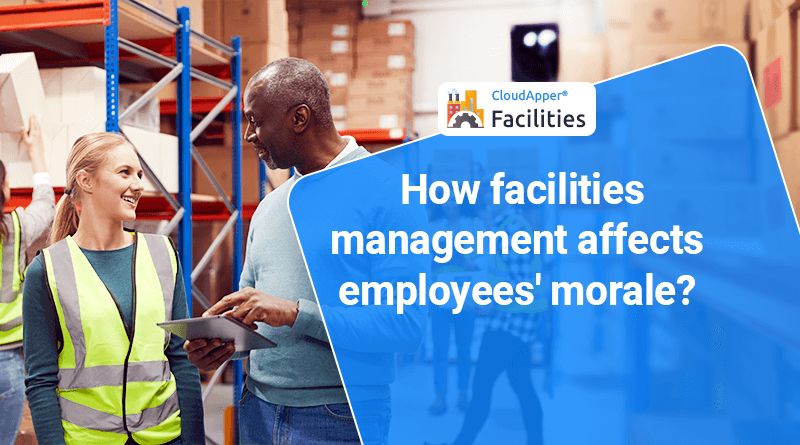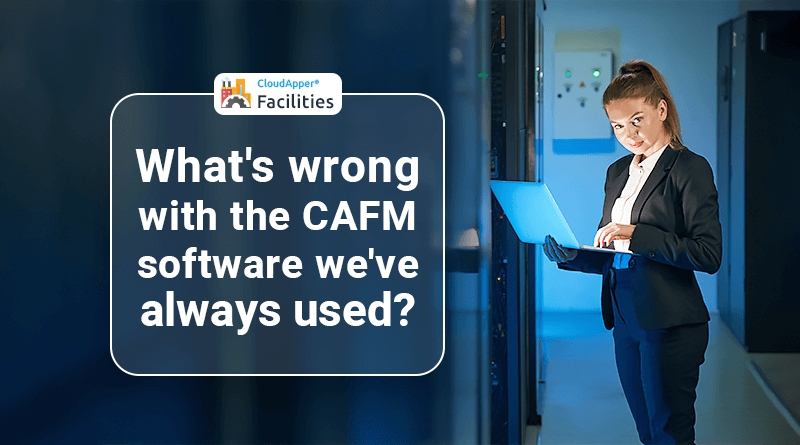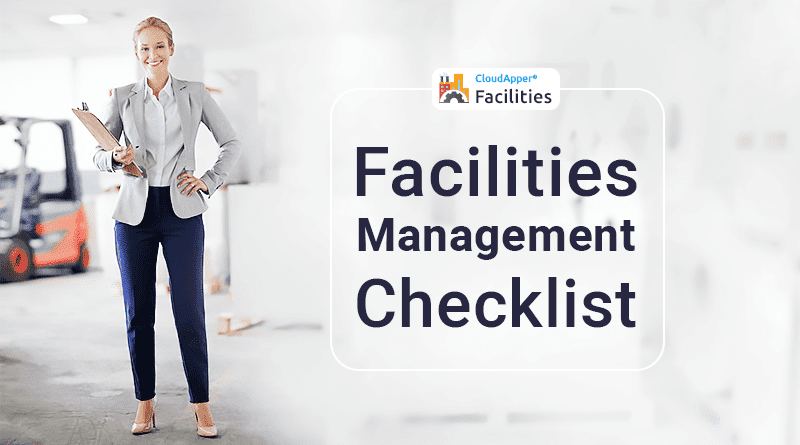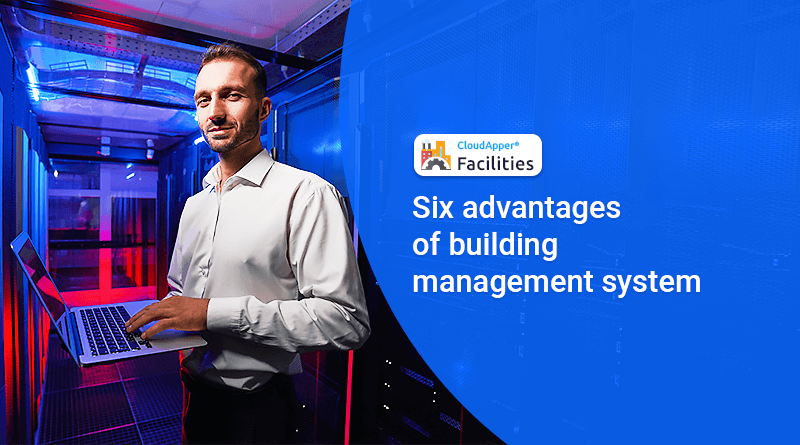Adapt or Die: Time to Change
Spreadsheets and PDFs just don’t cut it in today’s competitive and ever-evolving facilities management industry. Your FM procedures are probably disconnected, paper-based, and likely haven’t changed since the Ice Age.
Digitizing the status quo won’t help you save money, boost tenant satisfaction, or keep the C-suite pleased. You need to rethink your procedures.
This post will clarify the difference between digitizing and actually altering your FM processes, as well as four critical actions to get started.
WHY DIGITIZATION IS NOT TRANSFORMATION
Digitizing involves converting paper operations to digital, using programs such as AutoCAD.
If you made a mistake, you had to redo the complete sheet before AutoCAD. AutoCAD digitized hand drawing. It sped up the drafting process. But it’s not a metamorphosis. Why? Because AutoCAD digitizes the manual process. You must still pick two spots and connect them. You perform the same actions as before, now on a screen. Transformation, on the other hand, seeks to better integrate processes and transform behavior. For example, BIM and 3D modeling allow you to do just this.
To design a wall in a floor plan, BIM requires only four points on a screen. A wall object is selected and drawn by the application. It creates a wall in two clicks. This is more than just digitizing an existing process.
TRANSFORMING YOUR FM PROCESSES
We now have access to everything from IoT sensors to AI, but building owners and facilities managers typically struggle to use new processes. Few have moved beyond digitalization, striving to manage masses of siloed data without improving daily procedures.
Many facilities teams still use paper OM manuals and checklist binders. Some have converted manuals and binders to PDF. They’re only a digitalization of the binder’s contents, and they’re structured in the same way.
Maybe some have uploaded their PDFs to a file server, but they’ve merely redesigned their file system to fill a server instead of a room. It still takes time to find what people want. They only transported their paper data and manual operations into the digital realm.
Transitioning from digitalization to transformation has several advantages.
- Find weak links, overlaps, and inefficiencies in your workflows.
- Improve team communication
- Automate tedious or time-consuming chores
- Organize and retrieve your info more easily
- Analyze data and apply the information to enhance
- Create a single source of truth for data
Time for a case study. Facilities management involves gathering and entering asset data. Sweating in a 120° boiler room while trying to appropriately write down an asset tag isn’t enjoyable. If you could instead take a picture of the barcode or QR code, would it help your asset database? CloudApper’s facilities management software already includes barcode or QR code scanning technologies. Talk about changing your approach to data.
Barcode and QR Code are only two examples of the amazing revolutionary tech available. But don’t put it off too long. If you want to use these technologies in 5-10 years, you must start today.
This simple road map might help.
4 STEPS TO TRANSFORMING FACILITY MANAGEMENT
Step 1: Identify And Plan
What are your goals? What new technology do you want? One of the finest (and quickest) places to start is by building an information database. If it seems daunting, know that there are technology partners that can assist you.
Step 2: Leave Paper
You know that fire damper map that you pull out of a drawer every two years, all marked up in red, telling you where each one is and the proper inspection order? We all have one. It’s time to scan them. Transforming your maps, checklists, and SOPs into digital versions is a significant step forward.
Step 3: Adopt Software
Don’t buy new software every time you find a flaw. Absurdly collecting software results in an unwieldy Frankenstein’s monster of hacked-together solutions. Refer back to your Step 1 plan and find IT businesses that can assist your transformation. Then select the appropriate tools for the job.
Step 4: Plan Your Major Assets
For this, you’ll require technology, like the CloudApper Facility Management software. Consider the compliance and maintenance practices for each asset as you plan. Is there any process overlap you can consolidate? Could you, for example, do a monthly shutdown test on a generator while performing preventative maintenance? Finding overlap might help you simplify and automate.

